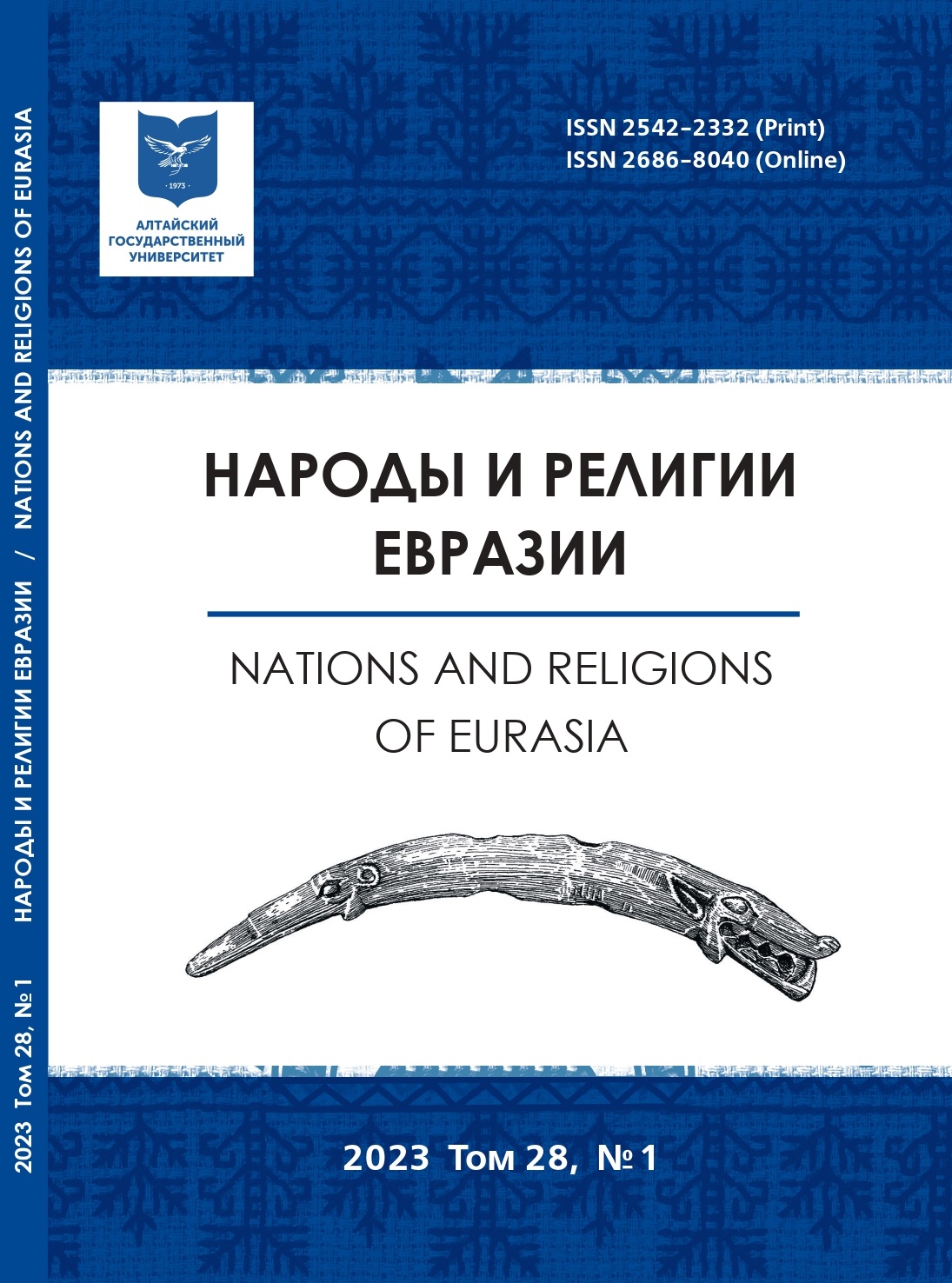Exploring the Role of Religious Organizations in Western Mongolia: An Evaluation of Activities
Main Article Content
Abstract
Based on the analysis of various sources, this article identifies three periods in the development of religious processes in Mongolia from the end of the 20th to the beginning of the 21st century.
During the first period (1990-2000), there was a surge in the number of religious communities due to the transition to democracy, free market relations, the restoration of traditional religions and cultures, and the search for new forms of expression.
The second period (2001-2010) saw the establishment of numerous religious organizations and monasteries as the democratic political system became more stable.
In the third period (from 2010 to the present), the foundations of democracy, free market relations, and pluralism have matured in the country, leading to the formation of a whole network of religious communities.
The article concludes that the religious renaissance in Mongolia affects all aspects of public life and requires attention from the state, local governments, and law enforcement agencies. To strengthen the status of existing religious communities, the article suggests establishing an institution or institution dealing with religious affairs, supporting the university curriculum for religious studies, and reforming the legal environment with far-sighted policies that respect national interests and the interests of citizens.
The article also stresses the need to approach foreign religious organizations with caution, properly acquaint the outside world with the multifaceted religious situation and culture of the population of Mongolia, and study religious organizations based on the «Concept of Regional Development of Mongolia
Downloads
Metrics
Article Details

This work is licensed under a Creative Commons Attribution 4.0 International License.
References
Богословская брошюра. Центр изучения Библии. Улан-Батор, 2016 (на монгол. яз.).
Дэмбэрэл С. Методы воздействия и избрания членов новых религиозных течений, действующих в Монголии // Философия и религиоведение. № 19 (475). Улан-Батор, 2017. С. 104-113 (на монгол. яз.).
Новый контракт. Матай. 28.18. С. 13 (на монгол. яз.).
Отчет Баптистской церкви Ховдскому аймаку ХНГ за 2016 г. (на монгол. яз.).
Пурэвсурэн Ц. Новые религиозные движения в западной Монголии // Философия и религиоведение. № 308 (51). Уланбатор, 2009. С. 154-164 (на монгол. яз.).
Чимэг О. Протестантская религия // Философия и религиоведение. Уланбатор, 2009. № 318. С. 55-93 (на монгол. яз.).

